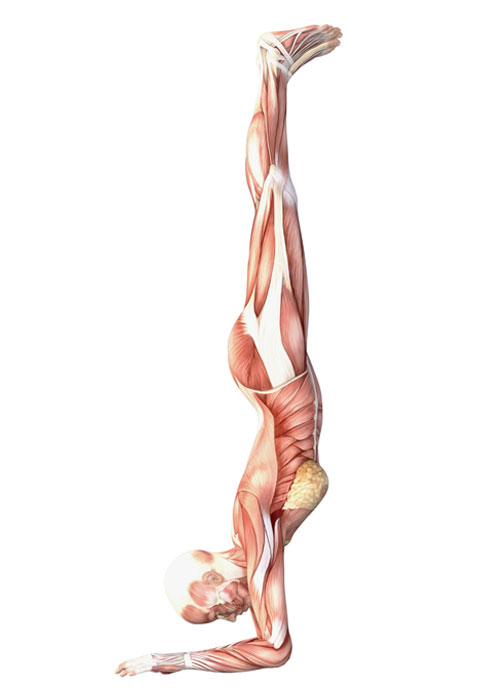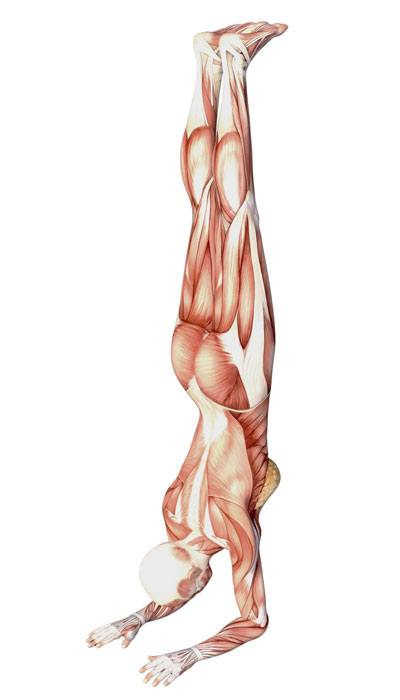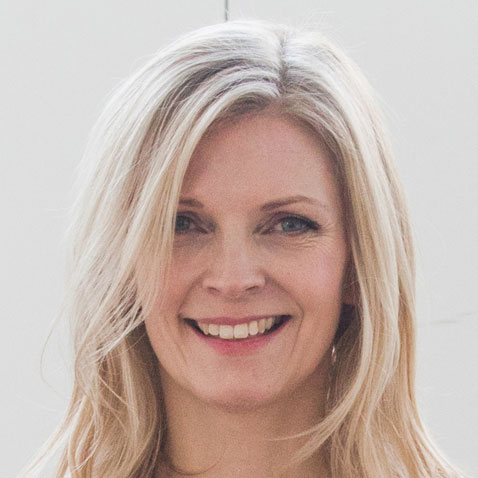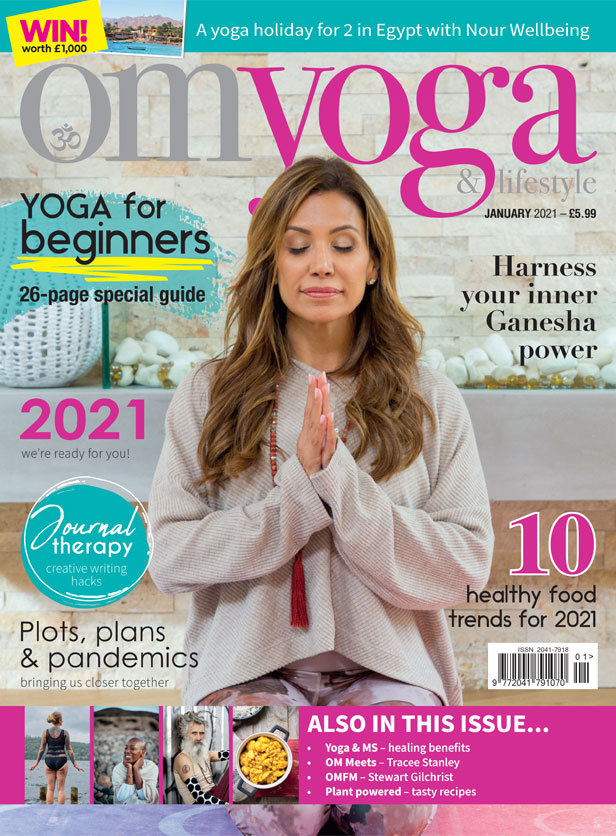
A 360º overview of...
Forearm Balance (Pincha Mayurasana)
With Dr Kiki Morriss
Forearm Balance can improve your overall balance and proprioception and build strength in the shoulders, arms, back and core
Start the New Year by adding this energising pose to your regular yoga practice. As with all challenging poses, take it step by step and practice with perseverance and a positive attitude. With practice, you will lift into the balance with a wonderful sense of confidence, ease and lightness.
The benefits of this pose:
- Strengthens your shoulders, arms, back and core.
- Stretches your shoulders and chest.
- Improves your balance and proprioception.
- Gives you energy, vitality and confidence.
Contraindications and Cautions:
- Avoid Forearm Balance if you have a back, shoulder or neck injury.
- Avoid inversions, such as Forearm Balance, if you have high blood pressure or glaucoma.
- Don’t practice inverted poses, such as Forearm Balance, if you are menstruating.
Variation:
- Use a belt around your upper arms, just above your elbows. This will help prevent your elbows from moving away from each other
- Place a yoga brick between your thumbs and index fingers to keep your wrists apart and in the correct position.
- You will feel stronger and more comfortable lifting up one leg first compared to the other. Alternate the leg you raise first to encourage balance in your body.
- As you become more adept at balancing in the pose, try taking your feet away from the wall.
- When you are ready, start practicing without the wall.
PREPARATION FOR FOREARM BALANCE
- To build strength in your shoulders and core, practice Downward Dog, Dolphin and Chaturanga Dandasana.
COMING INTO THE POSE
- Move closer or further away from the wall, until you find your optimum position for comfort and relaxation.
REST YOUR EYES
- Kneel down in front of a wall.
- Come into all fours and lower your forearms to the ground.
- Place your forearms and palms shoulder-width apart.
- Keep your upper arms perpendicular
- Curl your toes under, lift your knees and straighten your legs – this is Dolphin pose.
- Step one foot forward and shift weight over your shoulders and forearms. Keep this leg bent for now.
- Keep your back leg straight and use momentum to lift it up.
- Then lift your other leg and straighten it as you come into the pose.
- Use the wall to support you.

FOCUS YOUR GAZE
- Your dristi (focal point) is at the ground between your hands. Keep your gaze light.
CREATE YOUR FOUNDATION
- Spread your fingers wide apart.
- Root through the base of each finger and thumb.
- Be mindful of maintaining the position of your hands, wrists and forearms.
SHOULDERS AND ARMS
- Use your rotator cuff muscles to stabilise your shoulders.
- Activate your triceps to press your forearms down.
- Use your biceps to help stabilise your elbows and shoulders.
- Engage your trapezius and rhomboids to bring your shoulders towards the midline and to help open your chest.
- Activate your deltoids to lift your body.
CREATE SPACE
- Use your lower trapezius to move your shoulder blades away from your neck and ears.
- Allow your neck to extend.
FOCUS ON YOUR LEG MUSCLES
- Use your adductor muscles to bring your legs together.
- Engage your quadriceps to keep your knees straight.
- Activate your hamstrings to keep your hips extended.

STABILISE YOUR PELVIS
- Use your psoas, gluteal muscles and abdominal muscles to stabilise your pelvis, to protect your lower back and to stop your upper body and legs from swaying over your arms.
LIFTING UPWARDS
- Lift your tailbone up towards your heels.
- Press up through the soles of your feet and particularly through the base of your big toes.
- Stretch your heels to raise your hips.
- Engage your erector spinae muscles to keep your spine in a vertical position.
- Use your quadratus lumborum to stabilise your lower back.
- Press down into your mat to lift your body upward from your shoulders. This activates your serratus anterior, levator scapulae and trapezius.
AFTER THE POSE
- Rest in Child’s Pose.






